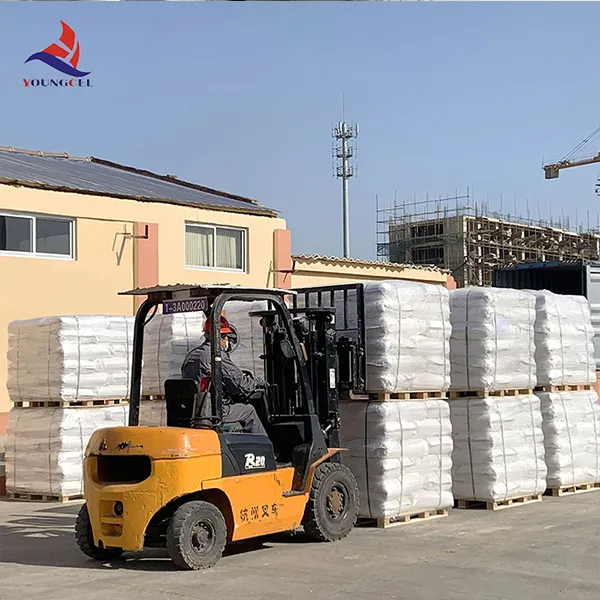The Versatility of HPMC A Focus on Methyl Cellulose
Hydroxypropyl Methylcellulose (HPMC) has emerged as a significant polymer in various industries due to its unique properties and diverse applications. As a non-ionic cellulose ether, HPMC is derived from natural cellulose, modified through a series of chemical reactions that introduce hydroxypropyl and methyl groups. This modification results in a compound that is soluble in water and has a range of rheological properties, making HPMC an invaluable ingredient in many formulations.
Properties and Characteristics
HPMC boasts several properties that enhance its functionality. It has excellent water-retention capabilities, which makes it essential in applications requiring moisture control. Moreover, HPMC exhibits thickening, gelling, and film-forming abilities, versatile enough to cater to various needs in different sectors. Its thermal stability and resistance to bacterial contamination add to its appeal, ensuring that products containing HPMC maintain their integrity over time.
The degree of substitution and the molecular weight of HPMC can be tailored during the manufacturing process, allowing for customization according to specific application requirements. This flexibility makes HPMC suitable for a wide array of formulations, from pharmaceuticals to food products.
Applications in the Pharmaceutical Industry
One of the most notable applications of HPMC is in the pharmaceutical industry, where it acts as a binder, thickener, and controlled-release agent in tablets and capsules. HPMC aids in the formulation of extended-release medications, ensuring that active ingredients are released slowly over time. This property enhances patient compliance, as it reduces the frequency of dosing.
Additionally, HPMC is used in the production of ophthalmic solutions. Its ability to form a gel-like consistency allows for longer retention of drugs in the eye, improving therapeutic efficacy. HPMC’s compatibility with various active pharmaceutical ingredients (APIs) further cements its position as a go-to excipient in drug formulation.
hpmc methyl cellulos

The Food and Beverage Industry
Beyond pharmaceuticals, HPMC also finds extensive use in the food and beverage sector. It serves as a thickener and stabilizing agent, enhancing the texture and viscosity of products such as sauces, dressings, and dairy alternatives. Because HPMC is non-toxic and safe for consumption, it is often utilized in gluten-free formulations, helping to mimic the textures usually achieved with gluten-containing ingredients.
Moreover, HPMC's emulsifying properties allow for the creation of stable emulsions, which are essential in many culinary applications. By improving the stability and shelf life of food products, HPMC plays a crucial role in meeting consumer demands for high-quality and nutritious foods.
Construction and Personal Care Applications
HPMC's versatility extends to the construction industry, where it is used as an additive in cement and mortar. Its water retention properties help maintain appropriate hydration levels during the curing process, which is vital for achieving optimal strength and durability in construction materials. Additionally, HPMC acts as a thickener in tile adhesives, allowing for improved adhesion and workability.
In personal care products, HPMC features in a variety of formulations, including lotions and creams, where it functions as a thickener and stabilizer. Its ability to form a smooth film makes it an excellent choice for skin care products, providing a pleasant application experience while ensuring that active ingredients are delivered effectively.
Conclusion
Hydroxypropyl Methylcellulose stands out as a versatile and essential ingredient across multiple sectors. Its unique properties enable it to fulfill various roles, from enhancing pharmaceutical formulations to improving food textures and providing performance in construction materials. As industries continue to innovate and develop new products, HPMC will undoubtedly remain a key player, driving improvements in quality and functionality. As our understanding of HPMC evolves, so too will its applications, solidifying its status as a vital polymer in both traditional and emerging markets.






